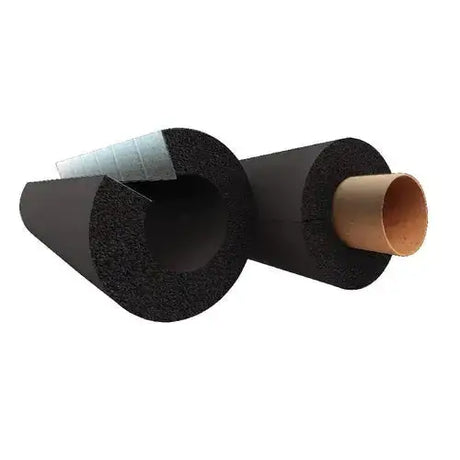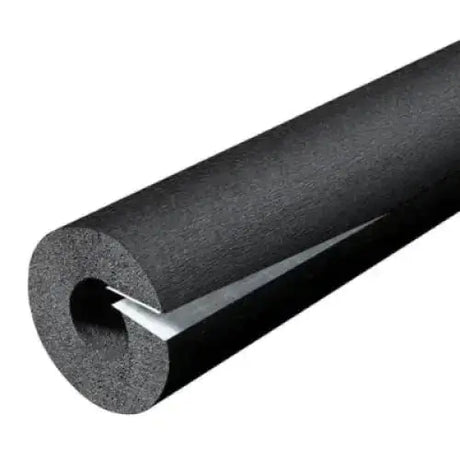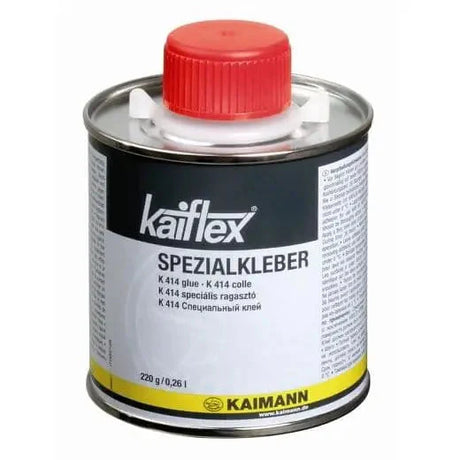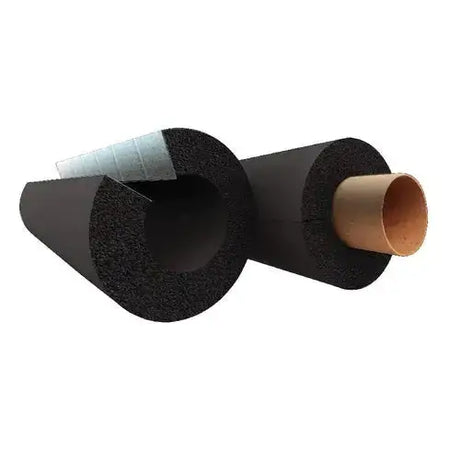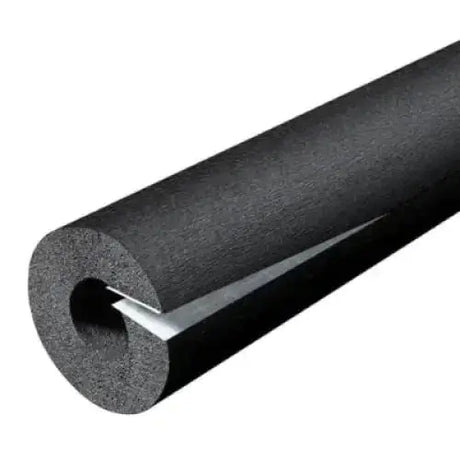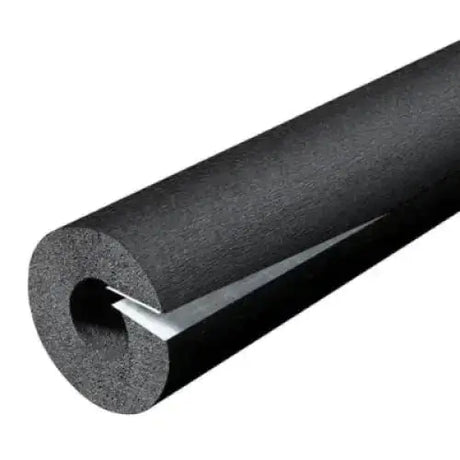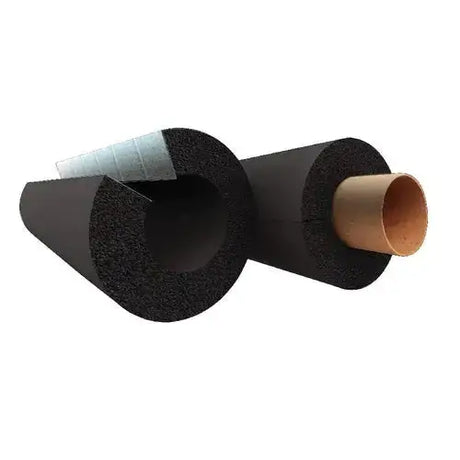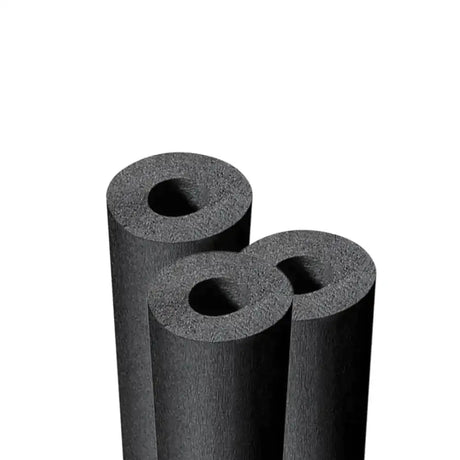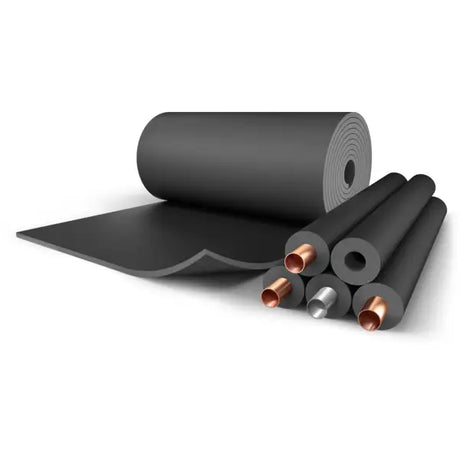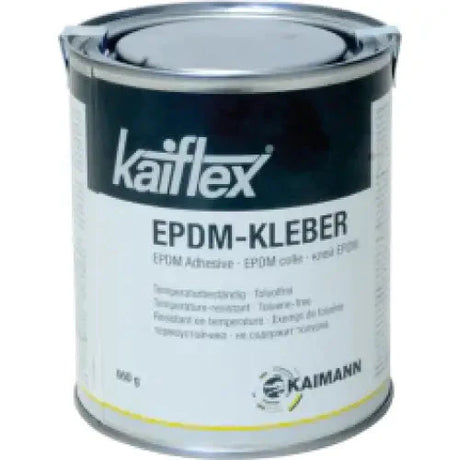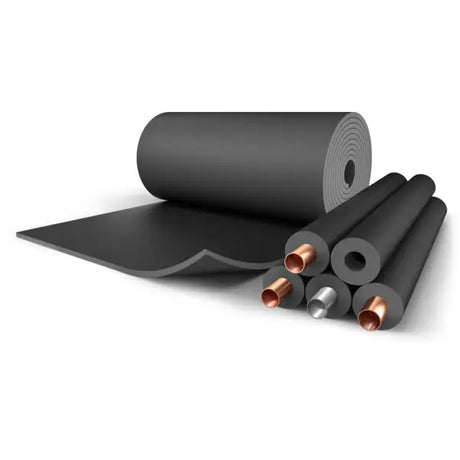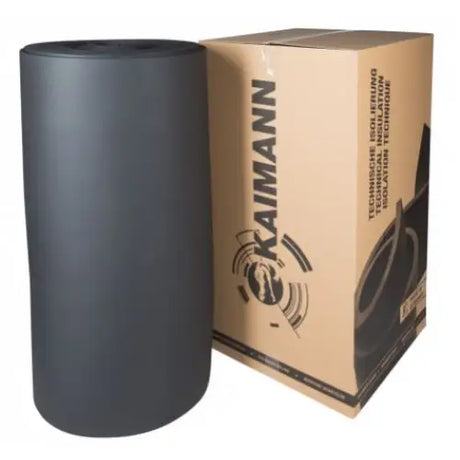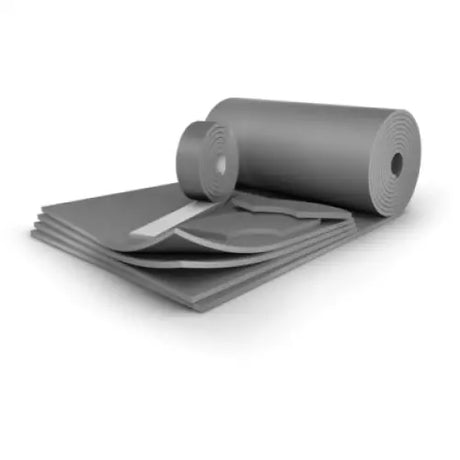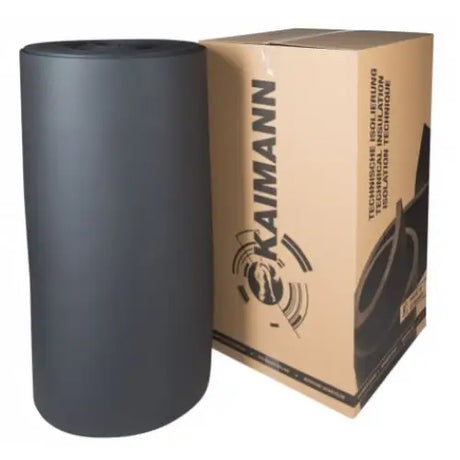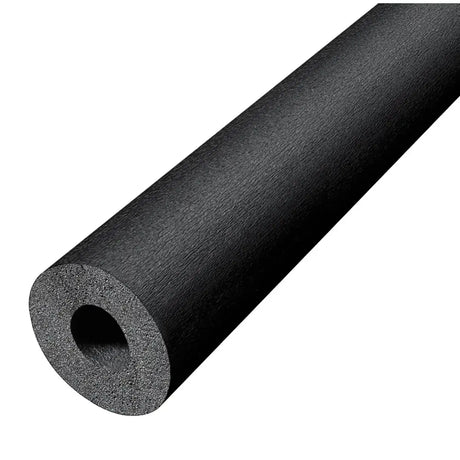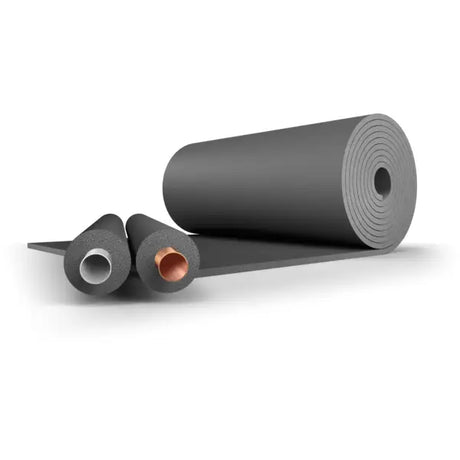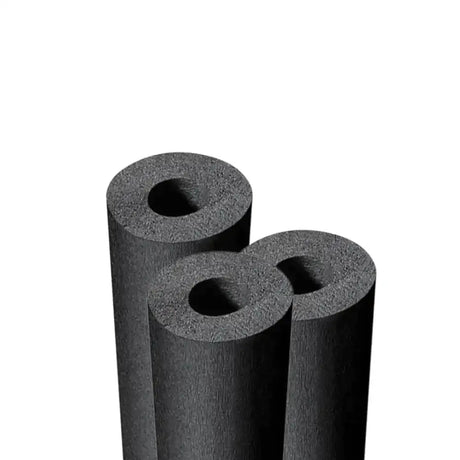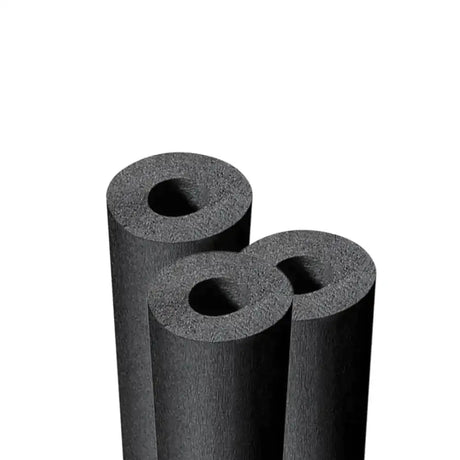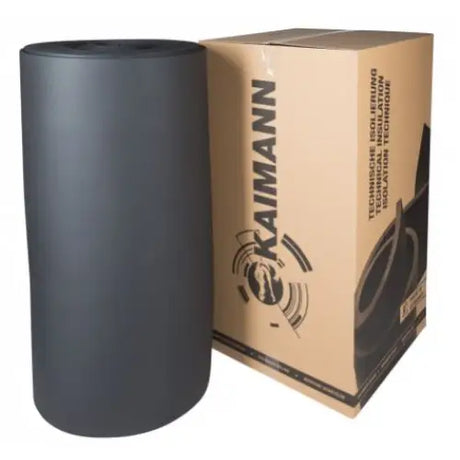Elastomers are a type of polymer with a high degree of elasticity, distinguished by their ability to revert to their original shape after being stretched or deformed. Their unique physical properties make them highly desirable across various industries, from automotive to medical, and from insulation to sportswear.
The manufacturing process of elastomers is carefully calibrated to influence their final characteristics and performance. Depending on the type of elastomer—such as natural rubber, polyurethane, or silicone rubber—the properties may vary, including hardness, tensile strength, and temperature resistance. This diversity in properties allows elastomers to be chosen for specific uses.
The reaction of elastomers under extreme conditions is highly dependent on their type. For instance, while some can withstand high temperatures or pressures, others may degrade under the same conditions. Understanding these properties is crucial in their applications, especially in demanding environments.
An important aspect of elastomer science is their recyclability. Though traditionally challenging due to cross-linked structures, advancements have been made in techniques like devulcanization, which can help reclaim and reuse these materials.
Cost-effectiveness is another crucial factor when considering elastomers. While their upfront cost can be higher than other materials, their durability, resilience, and versatility often justify the investment. Moreover, recent advancements, such as the development of high-performance elastomers, have enhanced their value proposition.
In the insulation industry, elastomers like EPDM (ethylene propylene diene monomer) are often favored due to their excellent thermal stability, weather resistance, and low-temperature flexibility. The choice of elastomers over other materials in this context is largely dependent on these attributes.
Like any material, elastomers are susceptible to environmental factors. For instance, UV exposure can degrade some elastomers, while others might resist chemical contact excellently. Understanding these variables is key when selecting an elastomer for a particular application.
Elastomers' impact on health and the environment is multifaceted. While some elastomers are biocompatible and used in medical devices, others can pose challenges during production or disposal due to potentially harmful constituents. Ensuring safe and sustainable practices in the elastomer industry is thus of paramount importance.




